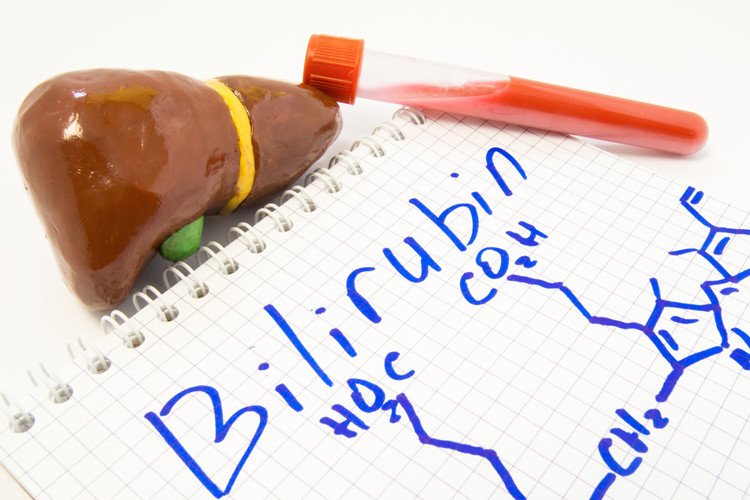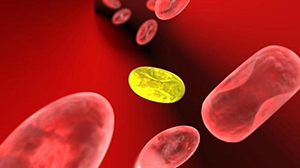Having noticed unusual pigmentation on the lips, a lot of women may start worrying about their health condition. In fact, dark spots on the lips may be the sign of various health issues: starting with the nutrient imbalance and ending with some more serious health conditions.
Let’s have a look at the most frequent causes of dark spots appear on the lips.
Dehydration
A lack of water in the organism may show through the changes of the skin on the lips. Peeling, cracking and general dryness of the lips should make you pay more attention to your water regimen. Water is a basic of the human organism. Its insufficient amounts may disturb the electrolytes balance and worsen the condition of hair, nails, and skin including lips.
Exposure to unfavorable weather conditions
A durable staying in the sun may provoke the development of actinic keratosis. People suffering from this disease may have light or dark spots on the lips. This condition is considered to be quite dangerous as it may signal the probability of evolving skin cancer, which is one of the most frequently diagnosed diseases in the United States.
Lack of Vitamin B-12
Insufficient amounts of Vitamin B-12 may cause the changes in the lip pigmentation. That’s because this nutrient is responsible for their even color. To deal with this problem you have to fill your daily ration with foods rich in Vitamin B-12. For example, dairy products, fish, meat, and eggs. In case of severe vitamin deficiency, you may be recommended to take vitamin supplements.
Allergic reaction
Applying different cosmetics to the lips, women may get allergic to the certain ingredients in the lipstick, other makeup, and even face cremes. Besides, a contact with a toothpaste may also become the reason for an allergy on the lips. To know for sure what has triggered an allergic reaction, try to change your cosmetics. In case it doesn’t help, turn to the doctors.
Excess of iron
The intake of iron supplements or a hereditary disease called hemochromatosis may also lead to the appearance of dark areas on the lips. This condition may be treated only under a doctor’s supervision. Besides, to sustain the levels of iron in the blood within the norm, you may need to become a blood donor on the regular basis.




























